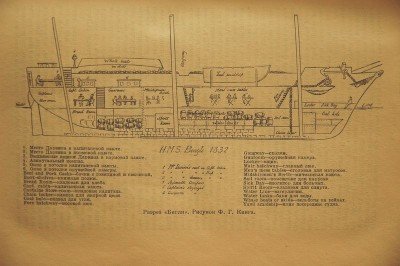Today is the 200th anniversary of the birth of Charles Darwin. It has special significance for our district , bearing in mind that the remains of HMS Beagle lie near Paglesham.


From Wikipedia:
In 1845 the Beagle was refitted as a static coastguard watch vessel and transferred to Customs and Excise to control smuggling on the Essex coast to the north bank of the Thames estuary. She was moored mid-river on the River Roach which forms part of a maze of waterways in the marshes south of Burnham-on-Crouch. In 1851 oyster companies and traders petitioned for her to be removed as she was obstructing the river, and the 1851 Navy List dated 25 May showed her renamed as Southend “W.V. No. 7” at Paglesham. In 1870, she was sold to “Messrs Murray and Trainer” for breaking up.
Investigations started in 2000 by a team led by Dr Robert Prescott of the University of St Andrews found documents confirming that “W.V. 7” was the Beagle, and noted a vessel matching her size shown midstream on the 1847 hydrographic survey chart. A later chart showed a nearby indentation to the north bank which could have been a dock for the Beagle. Site investigations found an area of marshy ground some 15 ft (5 m) deep matching this chart position, with many fragments of pottery of the correct period.
An atomic dielectric resonance survey carried out in November 2003 found traces of timbers forming the size and shape of the lower hull, indicating a substantial amount of timbers from below the waterline still in place. An old anchor of 1841 pattern was excavated. It was also found that the 1871 census recorded a new farmhouse in the name of William Murray and Thomas Rainer, leading to speculation that the merchant’s name was a misprint for T. Rainer. The farmhouse was demolished in the 1940s, but a nearby boathouse incorporated timbers matching knee timbers used in the Beagle. Further investigations are proposed.
Their investigations featured in a BBC Television programme which showed how each watch ship would have accommodated 7 coastguard officers, drawn from other areas to minimise collusion with the locals. Each officer had about 3 rooms to house their family, forming a small community. They would use small boats to intercept smugglers, and the investigators found a causeway giving access at low tide across the soft mud of the river bank. Apparently the next coastguard station along was the Kangaroo, a sister ship of the Beagle.
Nothing about it yet on the district council website , though.

Hi
I have had something hidden away in one of my online archives for just such an occasion. Several years ago the BBC featured an archeologist who undertaking a survey at Paglesham trying to find the hulk. I did some research and saved it for Charles’ 200 year Birthday. Anyway here is the cryptic link to my archive http://cardshark.pcs-net.com/beagle.htm